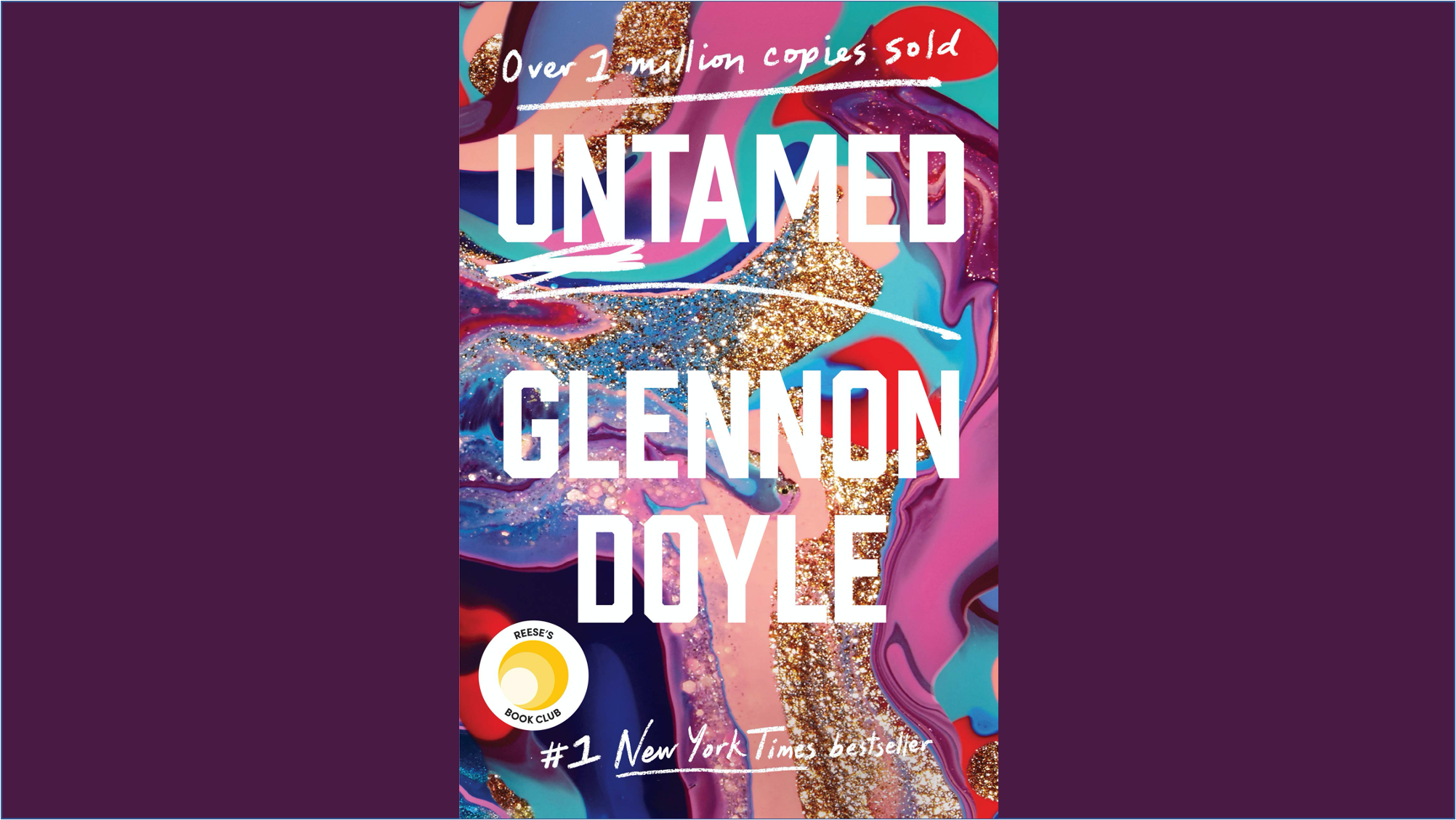“Four years ago, married to the father of my three children, I fell in love with a woman.”
So begins Christian mommy blogger Glennon Doyle’s 2020 memoir, “Untamed.” Packed with throw pillow one-liners and girl-boss feminism, “Untamed” is a blog post anthology zipped in a glitter book jacket.
Doyle’s previous books “Love Warrior” and “Carry On, Warrior” dealt with her struggles with addiction, bulimia and infidelity. This memoir, however, takes an interesting turn: Doyle has left her husband and married U.S. soccer star and Olympian Abby Wambach. At times honest and moving, at others mind-bogglingly unrealistic, “Untamed” lives in a Barbie pink world in which Glennon Doyle is God. And, for some reason, I couldn’t look away.
I read “Untamed” in four hours. The first 50 pages were a treat: romantic, bold and full of thoughtfully crafted meditations (“To be alive is to be in a perpetual state of revolution”). Doyle opens with the image of a zoo cheetah, explaining how she too was trapped in the confines of socially constructed cages — wife, mother, woman — and how she has now discovered her “wild.” The first chapters outline her meeting Wambach at a book event and falling in love at first sight. Within months, Doyle would leave her marriage, announce her new relationship at a Christian book tour and begin a life 2.0 in Naples, Florida.
“Untamed” is at its best in those moments: exploring the tensions between Doyle’s sexuality and religious background, describing the restructuring of her family unit and detailing her immediate, strike-of-lightning attraction to Wambach. In a touching moment, Doyle is getting out of the bathtub and thinking of her big secret — how she is more attracted to women than men. “Maybe in another life,” she thinks to herself, then realizes she only has one. She encourages others to approach life with more imagination than she’d had in her first marriage, asking, “What is the truest, most beautiful story about your life you can imagine?”
Yet, Doyle’s clear knack for imagination often makes her writing feel inauthentic, raising questions of whether this memoir speaks to her life in practice or her most beautiful story about it. In one section, she describes her anger discovering her husband had been unfaithful. “My husband’s betrayal did not leave me feeling the despair of a wife with a broken heart,” she writes. “I was feeling the rage of a writer with a broken plot.” For Doyle, reality and writing coalesce. Promptly after her husband’s infidelity, she wrote a memoir about how they rebuilt their love and family, not knowing whether she “lived the next few years and then wrote about [it]” or “wrote about it and then made it all happen.”
This Venn Diagram understanding of writing controlling reality leaves Doyle’s prose feeling like a Pinterest board with a God complex. Even Doyle’s dialogue feels biblical: She attributes long direct quotes to herself — often with paragraph breaks — that feel so rehearsed you’d think a speech writer was talking in her ear. Most comically, one of her long speeches about Christianity is answered by a character in a monosyllable: “‘Wow,’ [Abby] said.” Doyle paints herself as a beacon of wisdom that leaves even Olympians speechless. (Her sentence structure is out of Genesis too. Most of her quotes start with the syntax of “She said.” As in: “And God said, ‘Let there be light’”).
Doyle clearly follows a formula for each chapter as well, one that likely served her well as a blogger. Every section starts with a metaphor or anecdote, moves to a meditation and ends with a call to action. The conclusions often sound like a Tumblr girl’s quote board in a very “maybe… just maybe” way. While effective in the opening chapters, the structure progressively feels more tired as the book goes on.
Moreover, Doyle’s vulnerability comes off as performative and commercialized. Nowhere is this more unnerving than in the chapter “racists.” Tucked between sections that both end with people praising Doyle for being “brave,” she dedicates 15 pages to talk about race: “I decided to read every book I could get my hands on about race in America.” In this chapter, she posts about racial justice on social media, gets called out online and name-drops MLK twice. The whole thing feels like a self-congratulatory assertion that Doyle is a “good white person.”
The existence of the chapter “racists” points to a deep flaw of the memoir: Doyle’s brand of feminism is anything but intersectional. Marketed as a “testament to female empowerment,” the book is stuffed with platitudes and experiences applicable mostly to a specific group, namely wealthy, white women like Doyle. Instead of centering race in her understanding of feminism, Doyle writes about it separately — as a 15-page afterthought.
Instead, Doyle congratulates herself on her nonprofit Together Rising, mentions she’s a best-selling author multiple times and muses on how happy and in love she is. At the end of the 328 pages, I was left with the same existential questions that Adam might ask God: Why did you create this, Glennon Doyle? For us? For you?
Contact Valerie Trapp at trappv22 ‘at’ stanford.edu.
